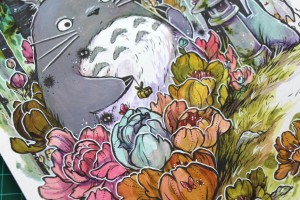The movie Memento, directed by Christopher Nolan, is a narrative of the condition the main character, Leonard Shelby (played by Guy Pearce), faces in his day-to-day life. He shows the viewer how he has adapted to his inability to form new memories by revealing tattooed ‘facts’ on his body, photo documentation of important people and places, and the small notes he leaves for himself. After a home invasion which resulted in the rape and murder of his wife, as well as his short-term memory loss, Leonard becomes fixated on finding whom he believes to have killed his wife- John G. Throughout his journey to find John G, it is revealed that the people whom he trusts had been exploiting his illness for their own gain. The movie concludes after Leonard is told that he is Sammy Jankis and subsequently shoots his former friend Teddy.
Memento is a psychological thriller intended to make the audience question their perceptions of truth, facts and reality through the twisted ‘reality’ that Leonard lives. In emotional scenes, such as the scene in which it is revealed that Natalie, a trusted friend, is consciously taking advantage of him to solve her own problems, the viewer is forced to wonder what it must be like to be Leonard. We step into his shoes and apply our lives to his condition; this causes the viewer to question their faith in Leonards’ methods, judgements, and his perceived facts and envision it as our own.
I believe that the director intended the movie to comment on the importance of context within an image. Little to no context provides an opportunity for the viewer to insert their own ideas of the images’ true meaning, while a fully explained image does the exact opposite and can allow for people to blindly accept what they are told.



